The Truth About Succulent Sizes: How Big Do They Grow?
Have you ever wondered how big succulents can actually get? Well, the size of a succulent depends on a few factors, such as its species, the conditions in which it grows, its growth rate, and, of course, your own perspective of what’s considered big or small. With hundreds of different succulent genera and thousands of unique species out there, the possibilities are endless! While some succulents may stay small for a long time, others have the incredible ability to grow quite large in just a few short months. So, let’s dive into the fascinating world of succulent sizes and discover the wonders that await us!
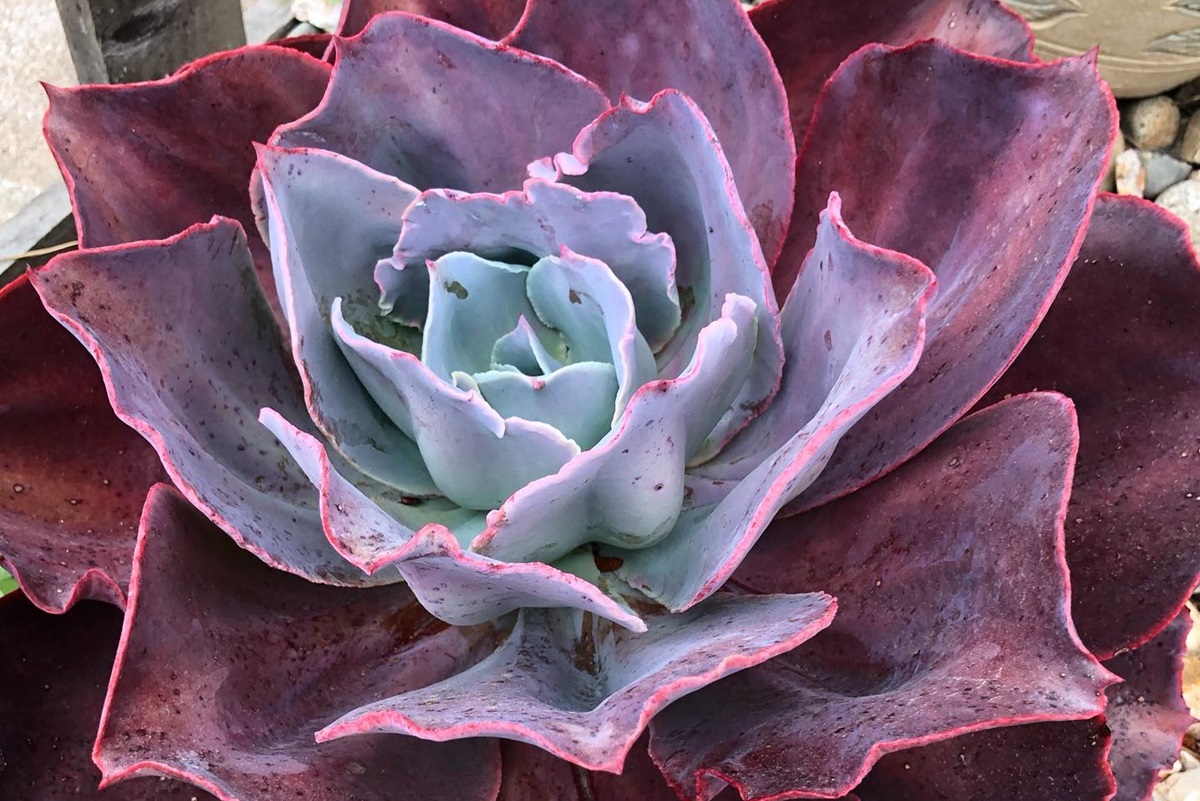
Contents
How Big Do Succulents Grow?
If you’re curious about the size potential of succulents, you might be surprised by the answer. The growth of succulents depends on various factors, including the time span you’re considering. You see, given enough time, even succulents categorized as “small” can actually grow quite big!
Succulents, like other slow-growing plants, have the remarkable ability to continue growing throughout their long lives, which can span decades. As long as a succulent is alive and well, it will keep on growing, adding to its size and beauty.
Now, some succulents grow faster than others, resulting in their larger appearance. Take the Kalanchoe, for instance. This succulent is known for its rapid growth and can transform from a simple cutting to a fully rooted plant in just a matter of weeks. It’s even considered invasive in some cases due to its ability to effortlessly produce numerous pups or new plants. With minimal effort, a small Kalanchoe plant can multiply into dozens of pups and grow significantly big within a few months!
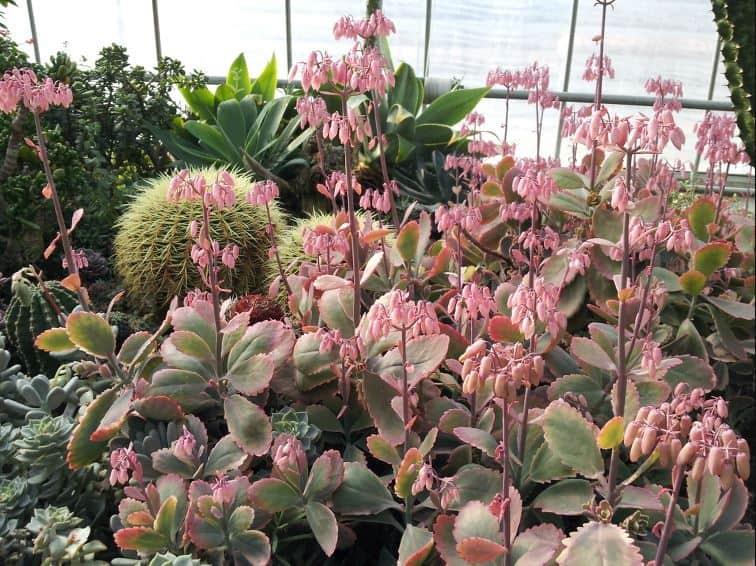
Succulents have different ways of increasing in size. Some, like the Haworthia, achieve growth by producing copies of themselves known as pups, which can spread endlessly given enough space. On the other hand, certain succulents naturally grow into massive plants on their own. The Jade Plant, scientifically referred to as Crassula Ovata, is a prime example. It may appear relatively small at first, but it has the potential to grow into a substantially large and impressive plant.
Another standout in terms of size is the Agave succulent. This magnificent plant can reach enormous proportions and is often better suited for outdoor growth as part of a landscape design.
What Factors Affect Succulent Growth?
Several factors play a role in the growth of succulents. Let’s explore some of the key factors that affect their development:
- Light: Succulents tend to grow taller and more elongated under low light conditions, while they remain compact and smaller with sufficient sunlight.
- Climate: In warm climates, succulents have the tendency to grow larger and at a faster rate than in cooler environments.
- Soil: Like other plants, succulents thrive in nutrient-rich soil and will grow bigger and faster when provided with organic soil mediums.
- Moisture: Succulents that receive regular and adequate water intervals generally experience faster and more substantial growth compared to those in drought-like conditions.
- Growth Period: Succulents have specific growth seasons during which they experience accelerated growth. In their dormant periods, growth may cease completely.
- Bloom: Succulents such as Echeveria and Graptoveria often bloom during spring and summer, which coincide with their growth phases. Allowing these plants to bloom extensively can slow down overall growth, so removing the blooms can help promote continued growth.
- Space: Succulents planted in compact containers or crowded arrangements tend to grow at a slower rate than those with ample space. While providing enough room is important, it’s crucial to avoid excessively large containers, as they can lead to water retention and potential root rot.
Succulents that Grow Tall
Echeveria
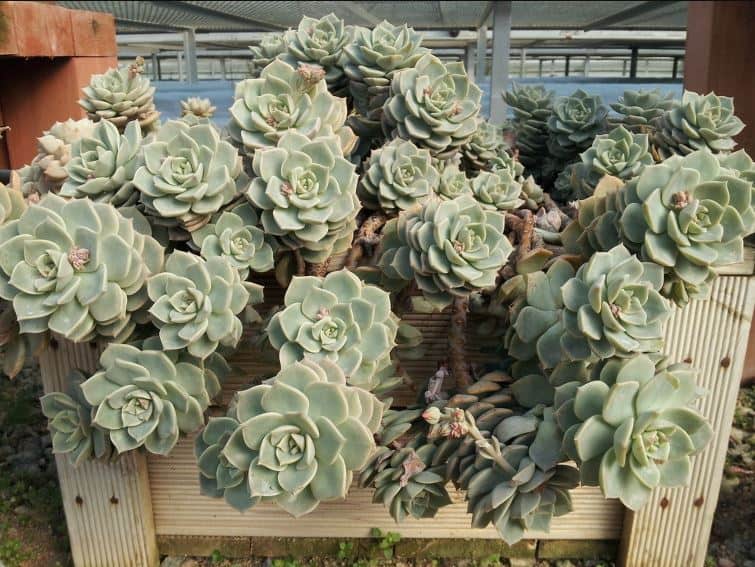
When the Spring and Summer months roll around, the Echeveria succulent springs into action and experiences rapid growth. It’s during this growth phase that new leaves quickly emerge at the center of the plant, given the right conditions. In under a year, a two-inch Echeveria can reach an impressive height of about 8 inches!
Graptoveria
The Graptoveria, a cross hybrid between the Graptopetalum and Echeveria, shares similar growth characteristics with its Echeveria ancestor. Within a year, a two-inch Graptoveria can grow to a height of around 7 inches, showcasing its remarkable growth potential.
Kalanchoe
Considered one of the speediest succulents in terms of growth, the Kalanchoe is known to produce new growth in abundance. Some Kalanchoe species can even grow to be exceptionally large and substantial in a relatively short span of time.
Aloe
All types of Aloe plants have the potential to grow to impressive sizes over time. The renowned Aloe Vera serves as a prime example of the substantial growth that can be achieved with sufficient space and optimal conditions. In just under a year, an Aloe can expand from 2 inches in height to around 6 inches, showcasing its impressive growth rate.
Sedum
With hundreds of different varieties and the ability to form hybrids with other succulents, Sedums are true survivors. These hardy plants can occupy bare spots and continue to thrive. A two-inch Sedum can expand to an impressive height of about 1 foot within a year.
Graptosedum
Another cross hybrid, the Graptosedum is a fascinating combination of the Graptopetalum and Sedum. While some varieties grow wide, resembling the Graptopetalum, others sprawl like the Sedum. In under a year, the wider-growing Graptosedum may only increase in height from 2 inches to 4 inches. However, those that sprawl can cover an impressive range of 7 to 9 inches within the same time frame.
Crassula
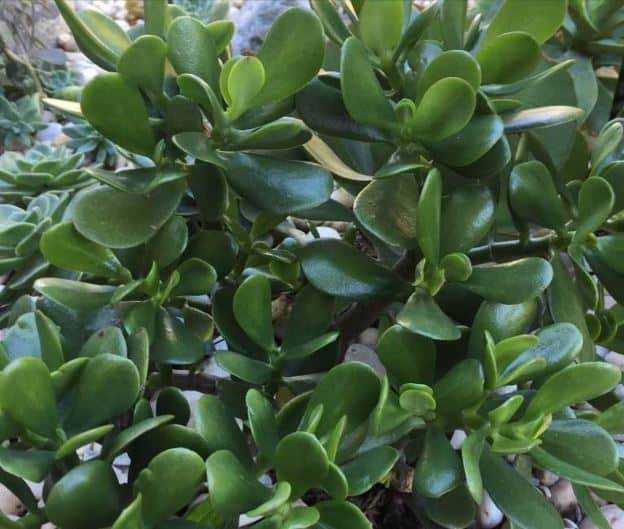
The growth of Crassula succulents varies based on whether they are grown indoors or outdoors. When cultivated indoors, slow growth is observed, with Crassula Ovata (Jade Plant) increasing in height by about an inch per year, remaining compact in size. Outdoors, Crassula plants thrive, experiencing rapid growth and doubling in size within a year.
Succulents that Stay Small
Haworthia
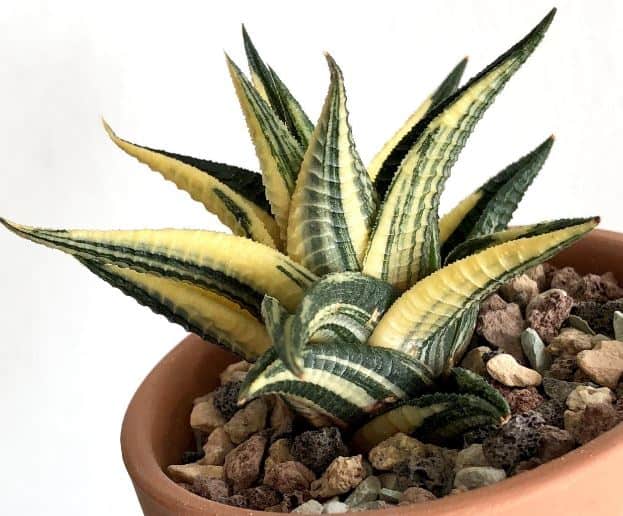
Known for their extremely slow growth, Haworthia succulents remain compact and small, making them perfect choices for tabletop displays. On average, Haworthia grows about 2 inches per year, sometimes even slower.
Gasteria
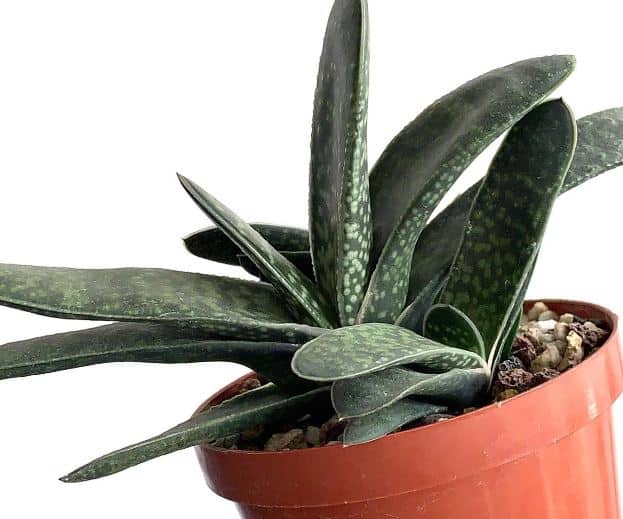
Similar to Haworthia, the Gasteria is a slow-growing succulent that remains relatively small compared to its relative, the Aloe. With low-light requirements and a small size, Gasteria is an excellent choice for tabletop arrangements. Its growth rate averages around 2 inches per year, or even slower.
Do Succulents Outgrow Their Containers?
Young succulents, such as those commonly purchased from stores, can happily reside in their small pots for weeks or even up to a year. However, as they mature, succulents will eventually outgrow their original containers, which depends on the specific type of succulent and the care provided.
When succulents have outgrown their containers and are not repotted or refreshed, they may start to appear distressed and may even spill over the edges. Additionally, their roots might begin to grow through the drainage holes. If you notice any of these signs, it’s time to take action and either repot or refresh your succulents.
How to Refresh Overgrown Succulents?
Sometimes, succulents can grow larger than desired. Fortunately, there are ways to reduce their size and give them a “shrink.” The method used depends on the specific succulent species involved.
One option is propagating the succulent by taking leaf cuttings and growing new plants from them. While effective, this method can be time-consuming. Alternatively, stem cuttings can be taken and planted as new individual plants.
For example, to reduce the size of an overgrown Echeveria, simply remove the lower leaves and leave intact only the desired number of top leaves. Then, cut the stem about ½ to 1 inch below the lowest remaining leaf. After allowing the wound to callous over for about a week, plant the cutting into the soil to grow a new succulent.
To decrease the size of an overgrown Haworthia, simply remove one of its pups and repot it. Pups are small offsets that grow around the mother plant. By removing and replanting them, you can control the size and rejuvenate your Haworthia.
To shrink an overgrown Jade Plant, for example, just cut off one of its stems, let it callous over for a week, and then place it in fresh soil.
Note: It’s recommended to water the plant one day before performing these actions. Find out why in our propagation guide.
How Big Do Indoor Succulents Grow?
The height of indoor succulents can vary significantly based on factors such as the specific cultivar, soil composition, grower practices, and environmental conditions. Generally, indoor succulents tend to stay smaller compared to their outdoor counterparts due to limited exposure to sunlight, usually not exceeding a foot in height.
Indoor succulents typically reach heights up to 6 inches since there is insufficient light penetration indoors. However, if you provide your plants with more natural sunlight, they may grow taller as sunlight is crucial for photosynthesis and overall energy gain in plants.
Do Succulents Need Big Pots?
We frequently receive inquiries about whether succulents will outgrow their pots or take over living spaces. As long as you follow a few simple guidelines, your succulents can happily thrive indoors without becoming unruly!
Succulents are generally considered excellent indoor plants for two main reasons: their ability to store water and their relatively small root systems.
With their slow growth rate, it takes succulents longer to outgrow their pots. Additionally, their root systems are not extensive, so they don’t require spacious containers.
